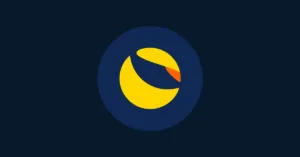The world of distributed ledger technology (DLT) is brimming with innovation, with each platform vying to solve specific problems and revolutionize various industries. In the realm of supply chain management, two prominent players have emerged: IOTA and VeChain. While both share the goal of streamlining and securing this complex system, their underlying technological approaches differ significantly.
Deciphering the Architecture: Tangle vs. Blockchain
IOTA’s Tangle:
This innovative data structure deviates from the traditional block-based approach commonly associated with blockchains. Instead, transactions are linked together in a directed acyclic graph (DAG), forming a “tangle.” Unlike a blockchain, where miners compete to validate transactions and add them to the chain, the Tangle requires users to approve two existing transactions before issuing their own. This fosters a feeless and permissionless network, ideal for microtransactions and applications with a high volume of low-value transactions.
VeChainThor Blockchain:
In contrast, VeChain employs a modified Proof-of-Authority (PoA) consensus mechanism, utilizing a network of pre-approved nodes responsible for validating transactions. This approach prioritizes scalability and security, catering to enterprises seeking a controlled and reliable environment for managing sensitive data. Additionally, VeChain integrates smart contracts, allowing for the automation of complex business logic within the supply chain ecosystem.
Also Read VeChain’s Quest for Global Domination: From Supply Chains to Government Services & Beyond!
Navigating the Trade-offs: Scalability, Security, and Fees
Scalability: The Tangle boasts superior scalability compared to traditional blockchains. As the network grows and more users participate, the Tangle becomes faster and more efficient, unlike blockchains which can experience slowdowns with increasing transaction volume.
Security: While the Tangle offers a feeless and permissionless environment, it faces security concerns due to its reliance on user approval. Malicious actors could potentially disrupt the network by issuing conflicting transactions. VeChain, on the other hand, prioritizes security with its permissioned network and PoA consensus mechanism, mitigating the risk of malicious activity.
Transaction Fees: The Tangle operates on a feeless model, making it ideal for microtransactions and applications requiring frequent, low-value transactions. Conversely, VeChain utilizes a two-token system, with VET tokens acting as the primary value transfer mechanism and Thor Power (VTHO) facilitating smart contract execution and transaction fees.
Revolutionizing Supply Chain Management with DLT
Both IOTA and VeChain offer unique solutions for enhancing transparency and efficiency within the complex world of supply chain management.
IOTA’s Tangle: Its feeless and permissionless nature makes it ideal for tracking individual items within a supply chain, enabling real-time monitoring and cost-effective management of low-value goods. The Tangle’s scalability potential also allows for seamless integration as the size and complexity of supply chains grow.
VeChainThor Blockchain: With its focus on security and smart contracts, VeChain caters to enterprises requiring a controlled and auditable environment for managing high-value assets and sensitive data. The platform’s PoA consensus mechanism ensures data integrity and facilitates collaboration between different stakeholders within a supply chain.
The Future of DLT in Supply Chains:
The adoption of DLT in supply chain management is poised for significant growth due to its potential to:
- Enhance Transparency and Traceability: DLT provides an immutable record of transactions, allowing for real-time tracking of goods and materials throughout the supply chain, fostering trust and accountability.
- Optimize Logistics and Efficiency: DLT can streamline logistics processes by automating tasks and facilitating communication between different participants, leading to cost savings and faster delivery times.
- Reduce Fraud and Counterfeiting: The tamper-proof nature of DLT makes it difficult to manipulate data, deterring fraud and ensuring the authenticity of goods.
As both IOTA and VeChain continue to evolve and refine their technologies, their role in shaping the future of DLT-powered supply chains becomes increasingly evident. The choice between the Tangle and the blockchain ultimately depends on the specific needs and priorities of individual businesses and the types of assets they manage.



